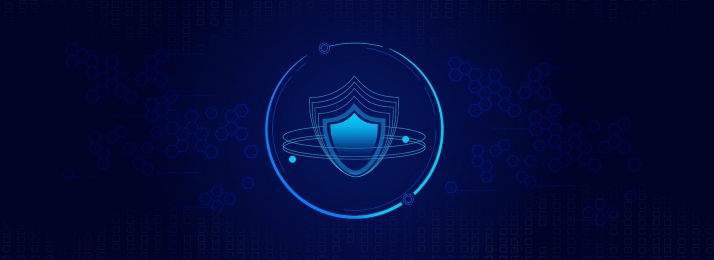

The attributes of a surveillance system affect the ability of the system to fulfill its objectives and also the usefulness of the resulting data. For example, if a surveillance system contains a high sensitivity it'll be more likely to observe outbreaks of the unwell under surveillance, thereby promoting their investigation. If a system is timely, it'll enable faster initiation of control and prevention measures, limiting the spread of disease during a community. The attributes of a surveillance system are typically competitive and reciprocally connected. As one becomes stronger, others become weaker. Therefore, not all attributes are at the best level for a specific system.
Over the last few decades, exceptional infrastructure growths are noticed in security-related problems throughout the planet. So, with multiplied demand for Security, Video-based surveillance has become a crucial space for the analysis. An Intelligent Video surveillance system primarily censored the performance, happenings, or changing data types in terms of individuals, vehicles or any other objects from a distance utilizing some electronic equipment (usually digital camera). The scopes like prevention, detection, and intervention that have led to the development of real and consistent video surveillance systems are capable of intelligent video processing competencies. In broad terms, advanced video-based surveillance may be delineated as an intelligent video process technique designed to help security personnel by providing reliable real-time alerts and to support efficient video analysis for forensic investigations. This chapter deals with the varied necessities for designing a strong and reliable video surveillance system. Also, it's mentioned the various sorts of cameras needed in different environmental conditions like indoor and outdoor surveillance. Different modeling schemes are needed for designing of efficient surveillance system below varied illumination conditions.
Products